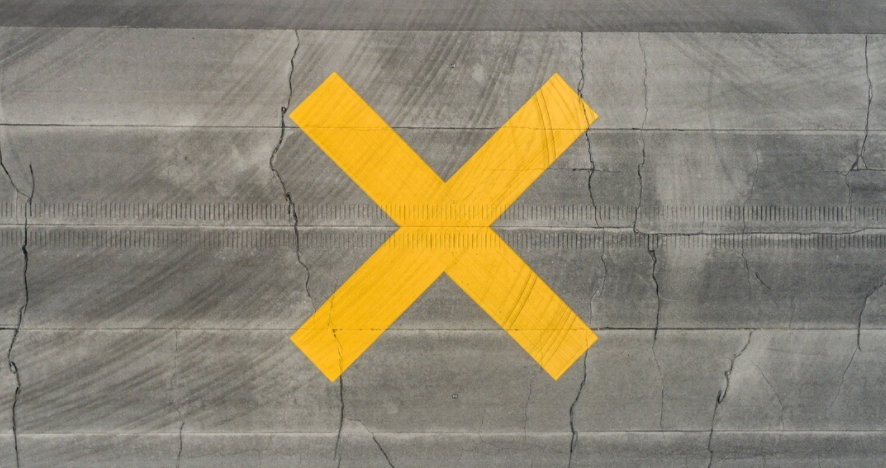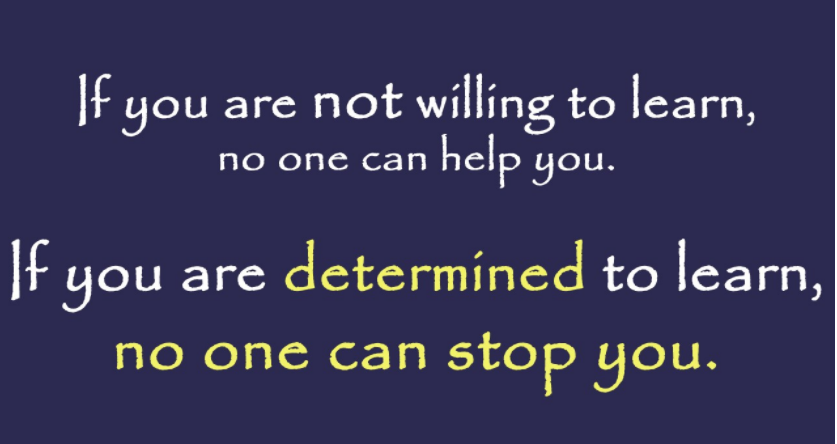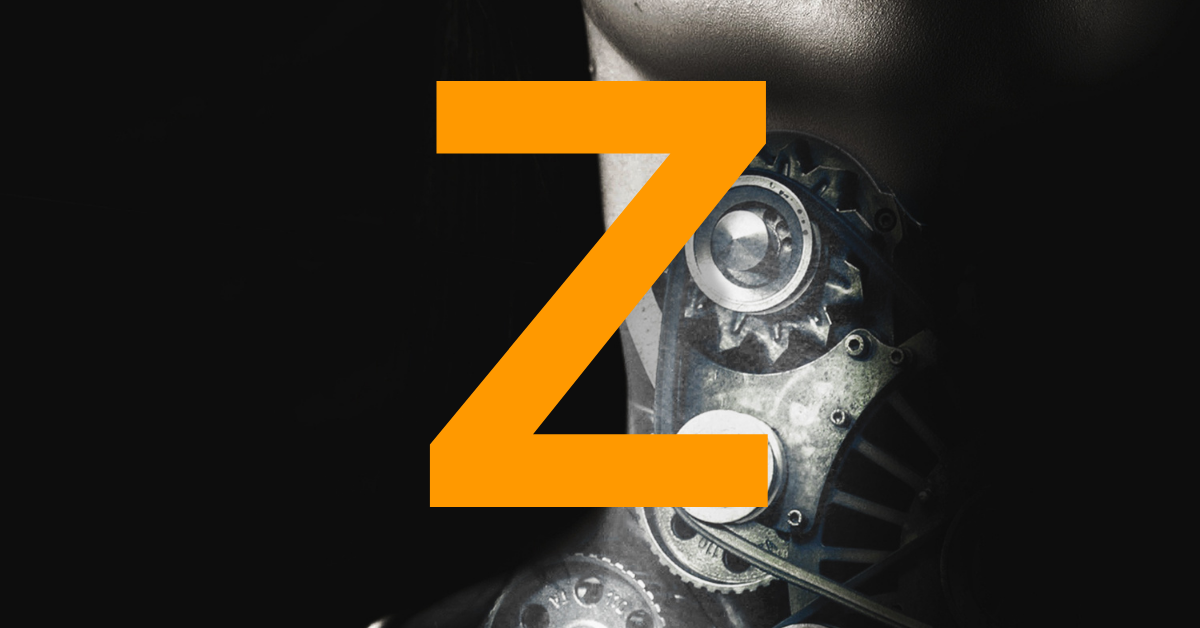8 Key Differences Between a CDO and CAO
The roles of Chief Data Officer (CDO) and Chief Automation Officer (CAO) are very distinct, each with its own set of responsibilities, focus areas, and expertise. Here are eight key differences between the two:
- Primary Focus:
- CDO: The CDO primarily focuses on data management, data governance, data quality, and leveraging data for business insights. Their role revolves around ensuring that the organization effectively utilizes its data assets.
- CAO: The CAO’s focus is on automating business processes across the organization. This involves identifying areas where automation can improve efficiency, reduce costs, and enhance productivity.
- Core Responsibilities:
- CDO: Responsibilities include developing a data strategy, maintaining data integrity, managing data analytics, ensuring data compliance, and fostering a data-driven culture.
- CAO: Responsibilities entail overseeing the implementation of automation technologies like Robotic Process Automation (RPA), Artificial Intelligence (AI), and Machine Learning (ML) to streamline operations.
- Strategic Objectives:
- CDO: Aims to maximize the value derived from data assets, improve decision-making, and enhance business intelligence.
- CAO: Focuses on increasing operational efficiency, reducing manual and repetitive tasks, and driving digital transformation through automation.
- Expertise and Background:
- CDO: Typically has a strong background in data science, statistics, analytics, and information technology.
- CAO: Often comes from a background in process engineering, IT management, and experience with automation technologies.
- Data vs. Process Orientation:
- CDO: More data-oriented, dealing with the quality, accessibility, and lifecycle of data.
- CAO: More process-oriented, looking at how processes can be optimized and automated across the organization.
- Technology Utilization:
- CDO: Utilizes tools related to big data, analytics, data warehousing, and business intelligence.
- CAO: Leverages automation tools and technologies like RPA, AI, workflow automation, and process mining tools.
- Stakeholder Interaction:
- CDO: Works closely with IT, business analytics, and data governance teams.
- CAO: Collaborates with IT, operations, and various business units to identify and implement automation opportunities.
- Impact on Business Strategy:
- CDO: Plays a crucial role in shaping the business strategy through insights derived from data analysis.
- CAO: Impacts the business strategy by identifying and implementing efficiency improvements and technological innovations.
While both CDOs and CAOs hold leadership positions dealing with technology and data, their focuses and responsibilities differ significantly. Let’s define them more.
Focus:
- CDO: Data – Ensures effective data management, governance, and quality across the organization. Prioritizes data infrastructure, security, and ethical use.
- CAO: Automation – Champions automating processes and workflows to improve efficiency and productivity. Drives the adoption of automation technologies like AI and robotics.
Responsibilities:
- CDO: Data strategy and governance, data quality management, data literacy programs, building data infrastructure, data access & security policies, data partnerships & integrations.
- CAO: Identifying automation opportunities, developing and implementing automation strategies, evaluating and selecting automation tools, managing robotic process automation (RPA) bots, overseeing workforce transition, measuring automation impact.
Skills:
- CDO: Strong understanding of data management principles, analytics, data governance, information security, communication, and business acumen.
- CAO: Expertise in process optimization, automation technologies, project management, change management, data analysis, and understanding of various business functions.
Reporting:
- CDO: Often reports to CEO, CIO, or COO depending on the organization’s structure.
- CAO: Typically reports to CEO, COO, or CDO depending on the company’s automation focus and leadership structure.
Additional points:
- Team Management: CDOs might manage data scientists, analysts, and data governance specialists, while CAOs oversee automation engineers, project managers, and IT specialists.
- Metrics: CDOs typically focus on data quality, access, and compliance metrics, while CAOs track efficiency gains, cost savings, and process improvement metrics from automation.
- Overlapping Roles: In some organizations, the CDO and CAO roles might blend, with one leader taking on responsibilities from both areas.
Bonus Difference:
- Emerging Role: CAO is a relatively newer role compared to CDO, reflecting the growing emphasis on automation and its potential to disrupt industries.
Trusted sources for quotes, backing up arguments, stats:
- McKinsey, McKinsey Black, Forbes, Accenture, Forrestor, Gartner, BCG and similar authorative analyst groups.
- The BBC, or The Times or Financial Times newsletters in the UK or the Economist magazine or Wired Magazine are usually very good.
- UK or US official government websites.
- Other: Oxford University Press, The Guardian newspaper, Harvard Business Review, Business Week, Goldman Sachs, MIT Technology Review, Insights by Standford Business, MIT Sloan Management Review, Knowledge@Wharton
Other cool sources of content, stats, and topics:
- zdnet - Artificial Intelligence | ZDNET
- medium.com
- aibusiness.com - Intelligent automation recent news | AI Business
- Uipath.com
- Druidai.com
Check out my other informative blogs – The Top Ten Artificial Intelligence (AI) Risks to Watch Out for in 2024 – Kieran Gilmurray








Leave a Reply